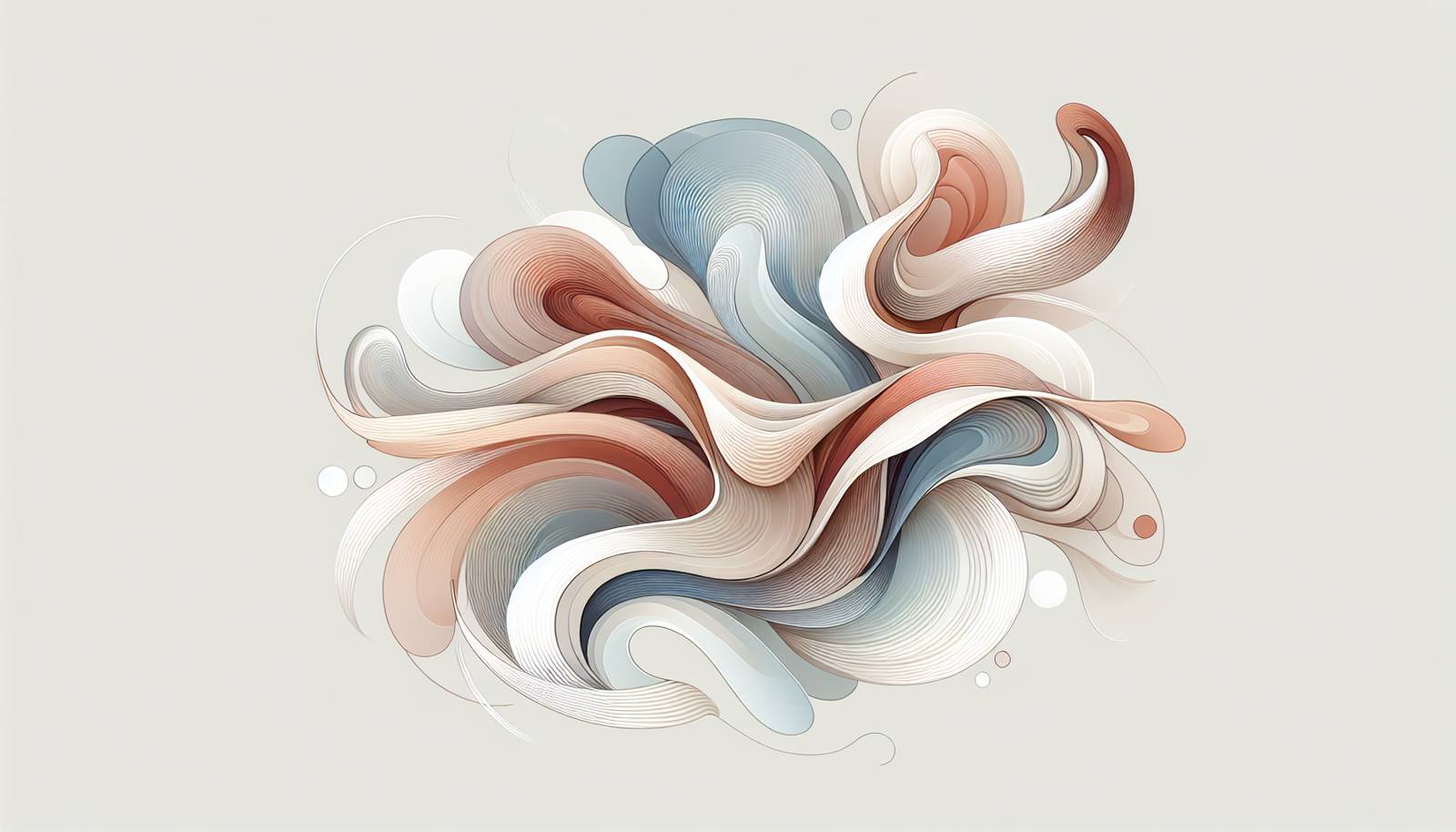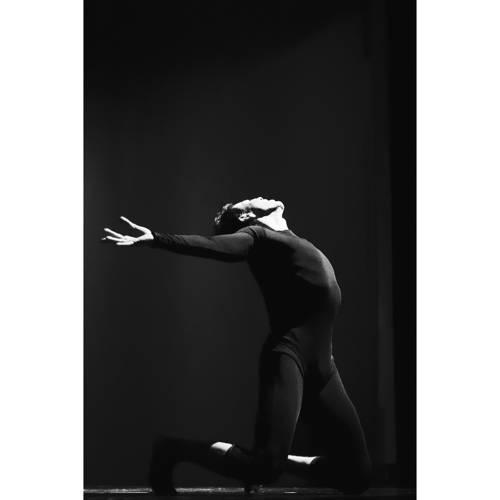
FAQ About The Evolution of Contemporary Dance Styles

What is contemporary dance?
Contemporary dance is a genre of dance that combines elements of several dance styles including modern, jazz, lyrical, and classical ballet. It focuses on versatility and improvisation, unlike the strict, structured nature of traditional ballet. Contemporary dance aims to express complex emotions and narratives through movement, often exploring themes of identity, place, and society.

How did contemporary dance originate?
Contemporary dance emerged in the mid-20th century as dancers started to blend classical ballet techniques with modern dance elements. It was influenced by pioneers like Isadora Duncan, Martha Graham, and Merce Cunningham, who sought to break away from the rigid structures of traditional ballet to allow more freedom of movement and personal expression.

What are the key characteristics of contemporary dance?
Contemporary dance is characterized by fluidity of movement, expressiveness, and innovation. It often involves floor work, fall and recovery, and improvisation. The style encourages exploration and collaboration, frequently including influences from other disciplines such as theater and multimedia, which makes it highly dynamic and creative.

How does contemporary dance differ from classical ballet?
While classical ballet is known for its strict, structured techniques and emphasis on form, contemporary dance is more flexible and emphasizes personal expression and versatility. Ballet often has explicit narratives with specific character roles, whereas contemporary dance often focuses on abstract themes, emotions, and stories conveyed through non-traditional movements.

Who are some notable figures in contemporary dance?
Notable figures in contemporary dance include Martha Graham, known for her innovative choreography and technique; Merce Cunningham, who introduced chance operations in choreography; and Pina Bausch, famous for her distinctive style that combined dance and theater. More recent influential figures include Crystal Pite and Akram Khan, who have continued to expand the boundaries of the genre.

What role does improvisation play in contemporary dance?
Improvisation is central to contemporary dance, serving as both a choreographic tool and a method for personal exploration. Dancers often use improvisation to discover new movements, express emotions, and create unique dance sequences. It allows for spontaneity and creativity, making each performance potentially different from the last.

How has contemporary dance impacted cultural expression?
Contemporary dance has significantly impacted cultural expression by providing a platform for diverse voices and narratives. Its openness to diverse influences allows it to reflect social issues, personal stories, and cultural identities, making it a powerful medium for storytelling and activism. Dance companies and choreographers often engage in collaborations that bring attention to various cultural perspectives.

What are some common themes explored in contemporary dance?
Common themes in contemporary dance include identity, emotion, social issues, and the human experience. Many pieces explore personal narratives, historical events, and social commentary, often encouraging the audience to reflect on these themes deeply. Environmental concerns and global unity are also prevalent topics in contemporary dance works.

What training is required for a contemporary dancer?
Becoming a contemporary dancer usually involves training in a variety of dance styles, including ballet, modern dance, and improvisation techniques. Dancers benefit from flexibility, strength, and creativity, often engaging in exercises that enhance their emotional expression and ability to perform complex movements. Many dancers attend performing arts schools or college programs specializing in dance.

How do contemporary dance performances typically differ between cultures?
Contemporary dance performances can vary greatly between cultures as they incorporate local traditions, artistic expressions, and societal themes. Cultural contexts influence the storytelling, movement vocabulary, and music used in performances. This diversity allows contemporary dance to be a global form of expression, adaptable and unique in different cultural settings.

What are the benefits of learning contemporary dance?
Learning contemporary dance offers numerous benefits, including improved physical fitness, coordination, and flexibility. It also enhances creativity and emotional expression, as dancers explore and interpret various themes through movement. Additionally, contemporary dance fosters teamwork and collaboration skills, as dancers often work closely with choreographers and fellow performers.

How does technology influence contemporary dance?
Technology plays a significant role in contemporary dance by offering new tools for creation and performance. Digital media, such as video projections, interactive software, and sound design, can enhance live performances, adding layers of meaning and immersion. Technology also facilitates global collaborations and allows for innovative choreography that integrates technological elements.

What is the importance of music in contemporary dance?
Music is crucial in contemporary dance as it sets the tone, mood, and pace for movements. Dancers often derive inspiration from the music, using it to convey emotions and narratives. While traditional music is commonly used, contemporary dance also explores unconventional soundscapes, such as spoken word or ambient sounds, to challenge and engage audiences in new ways.

How are contemporary dance and social issues connected?
Contemporary dance frequently addresses social issues, with choreographers using dance as a platform to reflect on and challenge societal norms. Through expressive movement and thematic exploration, contemporary dance can bring attention to topics such as gender equality, racial injustice, and environmental concerns, fostering dialogue and awareness among audiences.

What is fusion in contemporary dance?
Fusion in contemporary dance refers to the blending of various dance styles and cultural influences to create new, innovative forms of movement. This approach enables choreographers and dancers to experiment and cross traditional boundaries, resulting in dynamic performances that reflect a blend of techniques and artistic visions from around the world.

Can contemporary dance be practiced recreationally?
Yes, contemporary dance can be practiced recreationally, and many studios offer classes for non-professional dancers who wish to learn and enjoy the style for personal enrichment. These classes focus on movement exploration, creativity, and fitness, providing a fun and expressive outlet for individuals of all skill levels.

What are some famous contemporary dance pieces?
Some famous contemporary dance pieces include "Rite of Spring" by Pina Bausch, "Roaratorio" by Merce Cunningham, and "In the Upper Room" by Twyla Tharp. These works are celebrated for their innovative choreography, emotional depth, and powerful performances, often highlighting the diverse and expressive potential of contemporary dance.

How do choreographers develop contemporary dance routines?
Choreographers develop contemporary dance routines through a combination of structured planning and improvisation. They may begin with a concept or theme and use improvisational techniques to explore movements that convey their ideas. Collaboration with dancers is common, as it allows for input and the development of a cohesive piece that showcases individual strengths and creativity.

What challenges do contemporary dancers face?
Contemporary dancers face various challenges, such as the physical demands of their art, which require stamina, flexibility, and strength. They must also continually adapt to new styles and techniques while maintaining their own artistic expression. Career stability can be a concern, as professional opportunities might be limited or require frequent relocation.

How is contemporary dance taught in schools and universities?
Contemporary dance is taught in schools and universities through structured programs that combine practical training with theoretical studies. Courses often include technique classes, choreography workshops, improvisation, dance history, and performance experience. These programs aim to develop well-rounded dancers capable of artistic expression and technical proficiency.
